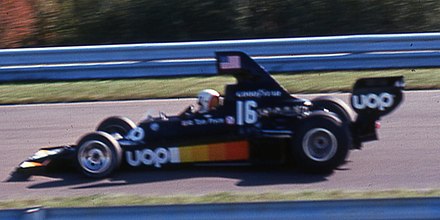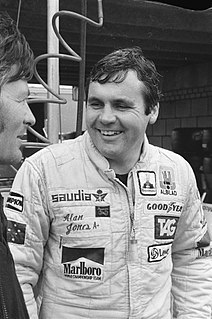
Alan Stanley Jones, is an Australian former Formula One driver. He was the first driver to win a Formula One World Championship with the Williams team, becoming the 1980 World Drivers' Champion and the second Australian to do so following triple World Champion Sir Jack Brabham. He competed in a total of 117 Grands Prix, winning 12 and achieving 24 podium finishes. In 1978 Jones won the Can-Am championship driving a Lola.

Thomas Maldwyn Pryce was a British racing driver from Wales, famous for winning the Brands Hatch Race of Champions, a non-championship Formula One race, in 1975 and for the circumstances surrounding his death. Pryce is the only Welsh driver to have won a Formula One race and is also the only Welshman to lead a Formula One World Championship Grand Prix: two laps of the 1975 British Grand Prix.

Renzo Zorzi was a racing driver from Italy who participated in seven Formula One Grands Prix between 1975 and 1977, for the Williams and Shadow teams. He began in Formula Three while working with Pirelli before progressing to Formula One. He later raced in sports cars before returning to work with Pirelli, running a driving school. He is the only driver from the province of Trentino to have competed in Formula One.

The 1975 Austrian Grand Prix was a Formula One motor race held at Österreichring on 17 August 1975. It was race 12 of 14 in both the 1975 World Championship of Drivers and the 1975 International Cup for Formula One Manufacturers. It was the eighth Austrian Grand Prix and the sixth to be held at the Österreichring. It was held over 29 of the scheduled 54 laps of the six kilometre circuit for a race distance of 171 kilometres. The race was shortened by heavy rain, meaning that only half points were awarded and was marred by the deaths of Mark Donohue and a track marshal in a practice crash.

The 1976 Brazilian Grand Prix was a Formula One motor race held at Interlagos in São Paulo, Brazil on 25 January 1976. It was the opening round of the 1976 Formula One season. The race was the fifth Brazilian Grand Prix and the fourth to be held for the World Drivers' Championship. The race was held over 40 laps of the 7.87-kilometre circuit for a total race distance of 315 kilometres.

The 1976 Formula One season was the 30th season of FIA Formula One motor racing. It featured the 1976 World Championship of Drivers and the 1976 International Cup for Formula 1 Manufacturers which were contested concurrently over a sixteen race series which commenced on 25 January and ended on 24 October, being the first 16-round season in what would become a standard for the category until 2003. The season also included two non-championship races for Formula One cars.

The 1975 Formula One season was the 29th season of FIA Formula One motor racing. It featured the 1975 World Championship of F1 Drivers and the 1975 International Cup for F1 Manufacturers which were contested concurrently from 12 January to 5 October over fourteen races. The season also included three non-championship Formula One races and a nine race South African Formula One Championship.
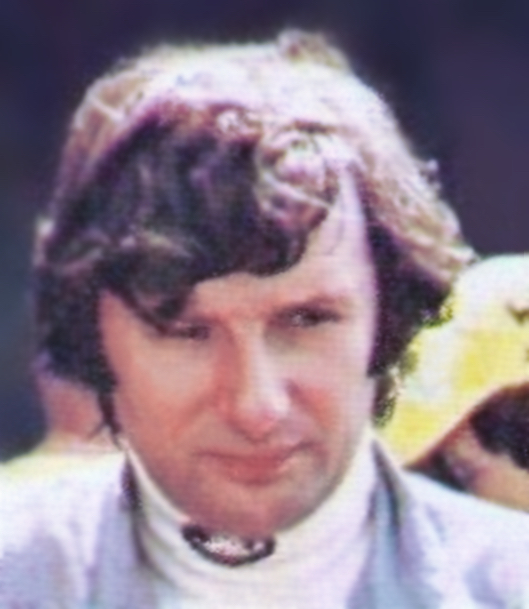
Jean-Pierre Jacques Jarier is a French former Grand Prix racing driver. He drove for Formula One teams including Shadow, Team Lotus, Ligier, Osella and Tyrrell Racing. His best finish was third and he also took three pole positions.
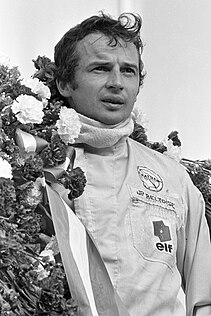
Jean-Pierre Maurice Georges Beltoise was a French Grand Prix motorcycle road racer and Formula One driver who raced for the Matra and BRM teams. He competed in 88 Grands Prix achieving a single victory, at the 1972 Monaco Grand Prix, and a total of eight podium finishes.

The 1976 United States Grand Prix West was a Formula One motor race held on March 28, 1976, in Long Beach, California. The race was the third round of the 1976 Formula One season and the first new race to be added to the calendar since the Brazilian and Swedish Grand Prix were added in 1973. It was the second Formula One race held in California, the first being the 1960 United States Grand Prix at Riverside, only 50 miles away. The race was held over 80 laps of the 3.251-kilometre street circuit for a total race distance of 260 kilometres.
Ensign was a Formula One constructor from Britain. They participated in 133 grands prix, entering a total of 155 cars. Ensign scored 19 championship points and no podium finishes. The best result was a 4th place at the 1981 Brazilian Grand Prix by Marc Surer, who also took fastest lap of the race.
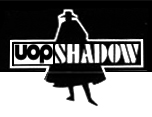
Shadow Racing Cars was a Formula One and sports car racing team, founded and initially based in the United States although later Formula One operations were run from the British base in Northampton. The team held an American licence from 1973 to 1975 and a British licence from 1976 to 1980, thus becoming the first constructor to officially change its nationality. Their only F1 victory, at the 1977 Austrian Grand Prix, was achieved as a British team.

The Shadow DN1 was a Formula One car used by the Shadow team during the 1973 Formula One season and the early stages of the following season. The car was the first Formula One car for Shadow, which had previously participated in the CanAm Sportscar Series. It was designed by former BRM engineer Tony Southgate. The DN1 was also driven by Graham Hill for his privateer team, Embassy Hill.

The Shadow DN3 was a Formula One car used by the Shadow team during the 1974 Formula One season. It also appeared twice during the early stages of the 1975 Formula One season in an updated DN3B form. Designed by former BRM engineer Tony Southgate, the best finish achieved in a DN3 was Jean-Pierre Jarier's third place at the Monaco Grand Prix.
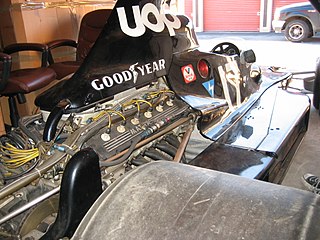
The Shadow DN7 was a Formula One car used by the Shadow team in two races late in the 1975 Formula One season. Driven by Jean-Pierre Jarier, it never finished a race.
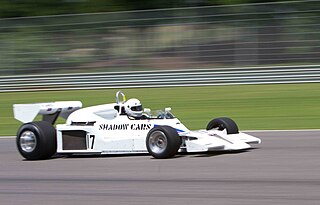
The Shadow DN8 was a Formula One car used by the Shadow team during the 1976, 1977 and 1978 Formula One seasons. Driven by Alan Jones, it won the 1977 Austrian Grand Prix, Shadow's only Grand Prix victory.
The ATS D1 was a Formula One racing car manufactured and raced by the ATS Racing Team for the last two races of the 1978 Formula One season. It was powered by a Cosworth DFV V8 engine. Driven by Keke Rosberg, the D1 failed to finish any races in the points.

The Ligier JS19 was a Formula One racing car manufactured and raced by Equipe Ligier during the 1982 Formula One season. Powered by a Talbot-badged Matra V12 engine, the JS19 was driven by Jacques Laffite and Eddie Cheever.

The Matra MS10 is a Formula One car entered by the Matra International team during the 1968 Formula One season. It, along with its V12-powered sibling MS11, was Matra's first purpose-built F1 car and won three races in 1968, taking Jackie Stewart to second place in the Drivers' Championship and Matra International to third place in the Constructors' Championship.

The Ligier JS17 was a Formula One car designed by Gérard Ducarouge and Michel Beaujon for use by the Ligier team during the 1981 season. Powered by a Talbot-badged Matra V12, the JS17 was driven to two Grand Prix wins by Jacques Laffite. It was updated to JS17B specification for the 1982 season until it was replaced later that year by the JS19.

